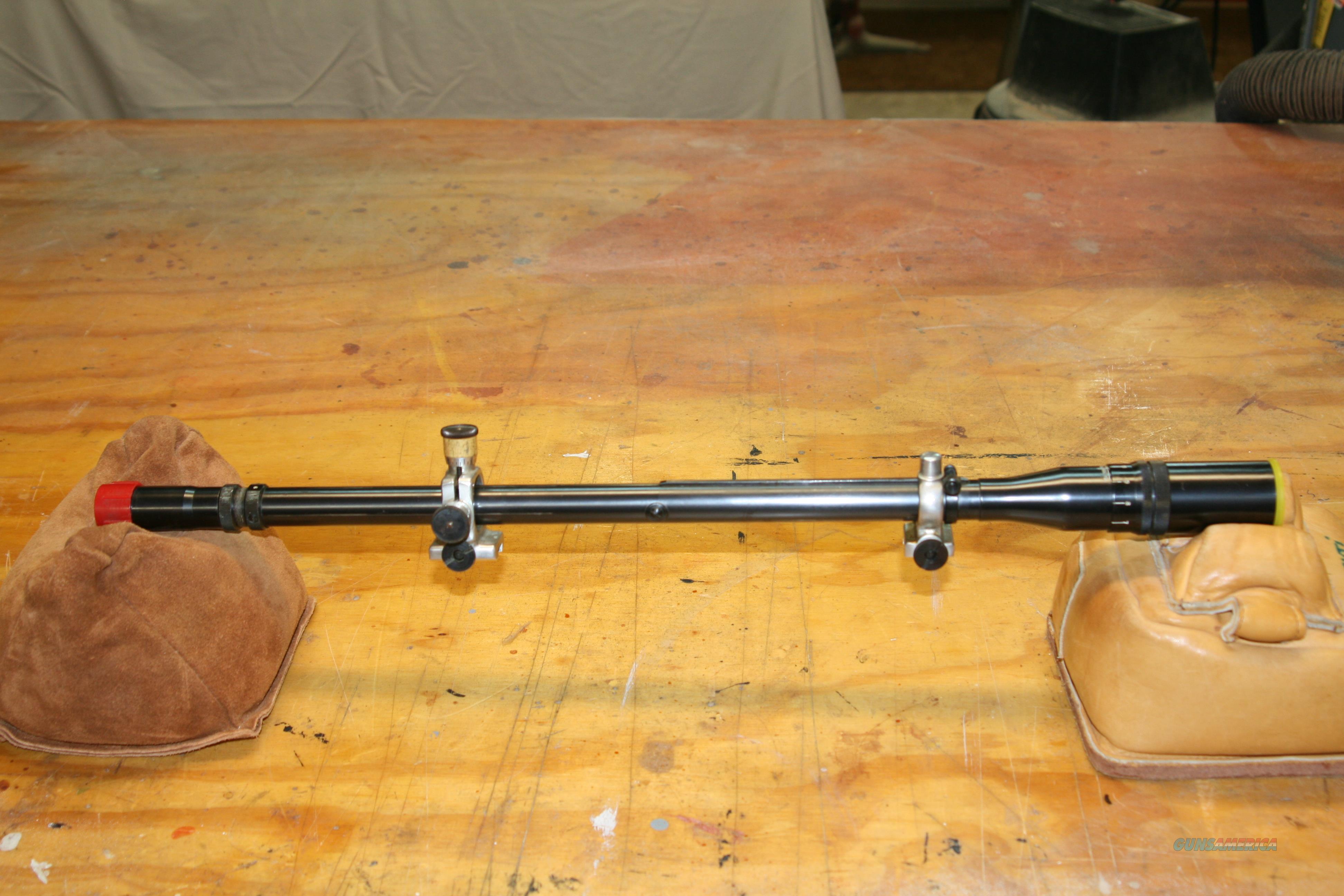

Part of the reason the Marine Corps sniping program was so successful was their willingness to invest the time and effort to build each issued rifle correctly. Still, the Marine Corps was the uncontested world sniping champion for World War I and II, and in both Korean and Vietnam. Special Operations currently turns out a better-trained and better-equipped snipers. Special Operations community enjoys better funding and superior equipment than both Big Army or the USMC. Regardless of their small numbers, today’s U.S. Up until about 2009, Marines took sniping much more seriously than other military branches, with a proven sniping program. Army was busy issuing scoped M1903A4 rifles in massive numbers, the United States Marine Corps (USMC) adopted a different approach. Under the turret caps, Hi-Lux’s M82G2 offers more windage and elevation adjustment than the original - 80 MOA each. The M81 featured a crosshair reticle and the M82 a post reticle. Additional 2.2X scopes were provided with the M1903A4 during World War II and they included the M81 and M82. Unfortunately, very little is known about the Lyman scopes or the actual quantities issued.

(The two only differ in external markings.) When the M73B1 scopes were unavailable, Lyman Alaskan scopes were pressed into service. That same scope was later purchased under a military contract as the M73B1.

In the rush to field sniper rifles, the first wave of scopes were purchased right off the shelf from W.R. On November 24, 1941, the production order was increased by another 74,000 rifles, and on Decemit increased again, by another 100,000.īy October 1943, most M1903 rifle orders would be modified to specify an M1903A3 variant, and by early 1943, the Ordnance Board gave Remington orders to begin production of the M1903A4 variant. On September 11, 1941, Remington received its first order to produce 208,000 M1903s with a specified rate of 1,000 rifles per day. The United States Army Ordnance Department made design improvements to the M1903 rifle and awarded Remington a contract to produce them. wasn’t involved in World War II yet, but the war was already raging in Europe. The next time sniper rifles and optics hit the military’s radar was in March 1941. However, as soon as World War I ended, the military halted further funding, testing or fielding of these fine scopes. With the W&S sight offset issue solved, the Winchester A5 and Winchester Model 1918 scopes showed great promise. While only two models of W&S sights saw action during World War I, there were other telescopic sights in use within the military’s competitive shooting teams, and a few of them were in testing to be fielded. Both had an odd sight offset and a mounting system that made it difficult for the shooter to put accurate rounds on target. Dismal in performance by today’s standards, these sights represented the best technology of the times. Troops at the time were shooting Springfield Armory M1903 rifles equipped with either the 1908 or 1913 model Warner & Swasey (W&S) telescopic musket sights. military got a comprehensive education in sniping during World War I. Can some give me a good list of the pro's and con's of each type mount and tube length? I can't seem to find any good comparisions between mounts and the recommended tube lengths for each type.The U.S. I would like to purchase a scope and mounts before our next match in May. The scope will be mounted on either my Browning BPCR or my Rolling Block, both have 30" barrels. With some luck we may have BP Target matches going again next year. What I want is to shoot Silhouette and the occasional long range match.
#Vintage unertl scopes for sale full#
Local scope shooters who use MVA scopes and mounts, tell me not to get the 23" tube but to get the full length tube and as a couple of them are Master Class shooters their opinion has more than just a little bit of weight to it. Also there is the question of what size riser blocks to get. As I understand it, the DZA Unertl style mounts will give more elevation than the MVA Silhouette mounts although their Creedmoor Mount is equal in total elevation capability? When I talked to MVA they recommended their 23" scope for silhouette while DZ Arms recommendeds an 18" scope. I have also talked to MVA and DZ Arms about their scope mounts, and quite frankly I am more confused than when I started. I have talked to other scope shooters on tube length and which mounts work best. Spent over $500 on new lens for my glasses over the winter and my scores have not gotten any better. I have decided to buy a scope for my BPCR, my corrected vision just isn't up to the task of seeing the Turkeys or Rams anymore. I realize this has been hashed over before in the forum, but after reading the previous threads I find myself still confused.


 0 kommentar(er)
0 kommentar(er)
